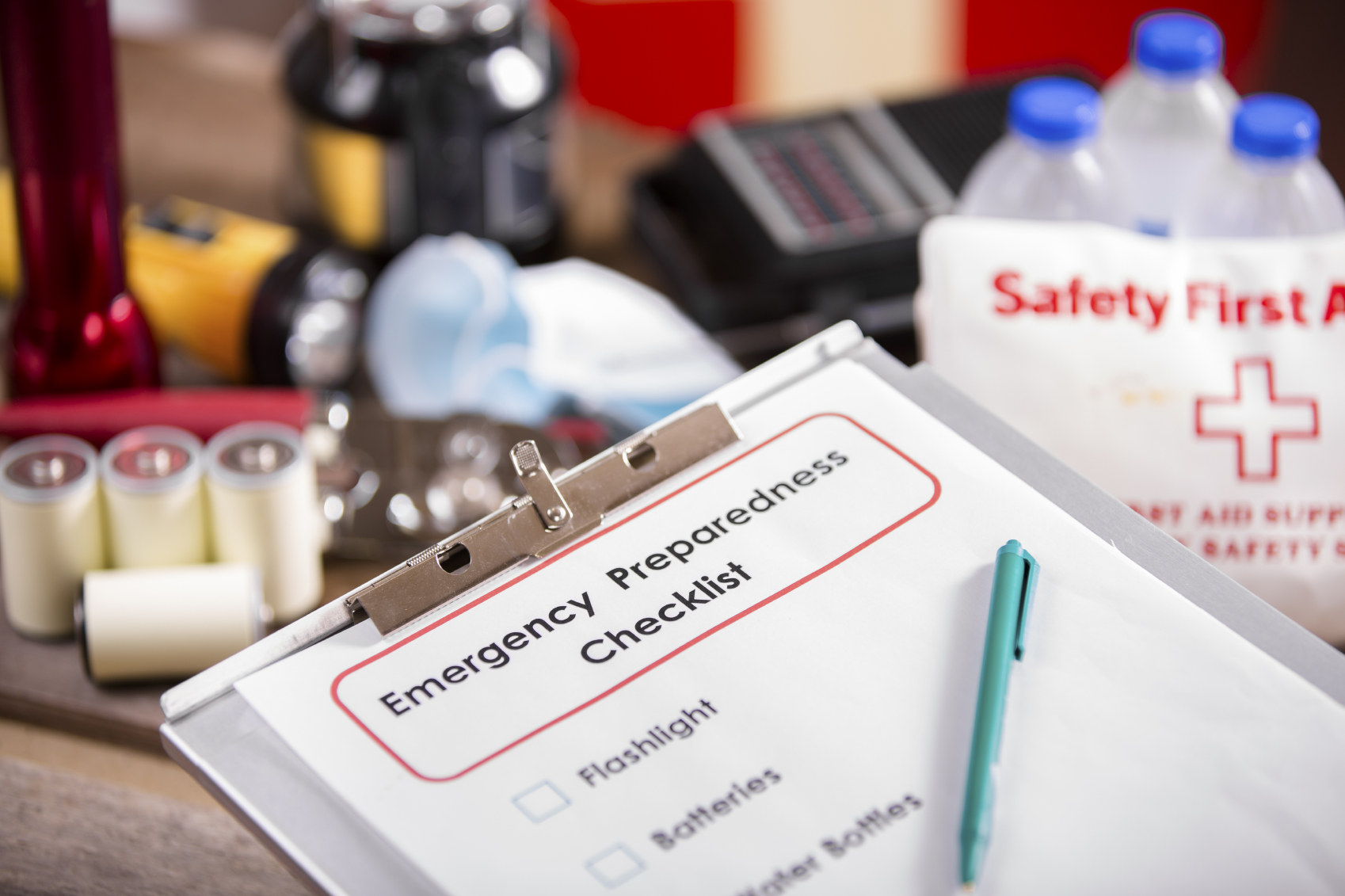As part of the Quality Family Care Hurricane Awareness Series, we have prepared an easy go-to list for all of your supply and evacuation needs. Since Hurricane season officially ends on November 30th we hope all of you in-home health experts and elderly individuals stay ahead of any chance of a natural disaster impacting your life. As tropical storms and surges start showing up along the Eastern Seaboard, QFC took some time to organize this list of what to keep on hand in order to be prepared. Even if you are not located in a direct path, it’s worth it to keep a survival kit around and stocked in the case of storms, emergencies or flooding. A disaster preparedness kit could be a life saving tool. Thanks to the National Hurricane Center we have access to this online survival kit list.
Survival Kit Essentials:
- Food: at least a three-day supply of non-perishable items
- Water: one gallon of water per person per day for at least three days, for drinking and sanitation
- Battery-powered or hand crank radio and a NOAA Weather Radio with tone alert and extra batteries for both
- Flashlight and extra batteries
- Whistle to signal for help
- Dust mask to help filter contaminated air and plastic sheeting and duct tape to shelter-in-place
- Moist towelettes, garbage bags, and plastic ties for personal sanitation
- Wrench or pliers to turn off utilities
- Can opener for food (if your kit contains canned food)
- Local maps
Other Items You May Need:
- Pet food and extra water for your pet
- Prescription medications and glasses
- Infant formula and diapers
- Cash or traveler’s checks and change
- Important family documents such as copies of insurance policies, identification, and bank account records in a waterproof, portable container. You can use the Emergency Financial First Aid Kit – EFFAK
- Sleeping bag or warm blanket for each person. Consider additional bedding if you live in a cold-weather climate.
- Complete change of clothing including a long sleeved shirt, long pants, and sturdy shoes. Consider additional clothing if you live in a cold-weather climate.
- Household chlorine bleach and medicine dropper. When diluted (nine parts water to one part bleach) bleach can be used as a disinfectant. Or in an emergency, it can be used to treat water (16 drops of regular household liquid bleach per gallon of water). Do not use scented, color safe, or bleaches with added cleaners.
- Fire extinguisher
- Matches in a waterproof container
- Feminine supplies and personal hygiene items
- Mess kits, paper cups, plates, paper towels, and plastic utensils
- Paper and pencil
- Books, games, puzzles, or other activities for children
A first-aid kit should be one of your initial emergency purchases. Make sure to stock it immediately. Check out these guidelines from the American Red Cross. Find more information at the FEMA site. Remember to stay safe and informed during all emergencies including storms, floods, and anything else that could put you in a dangerous situation.
If you or a loved one is in need of in-home assistance contact Quality Family Care. Call us today to find out more information 877-513-7156.











